🎨 Art Style Guide
Defining the visual identity and artistic direction for our spooky game jam project
🌟 Visual Direction
Our art style is inspired by atmospheric horror and dark fantasy, creating an immersive experience that balances beauty with unease. We're drawing from multiple artistic sources to create a unique visual identity.
🧠 Brainstorm Gallery
🏰 Environment & Texture References
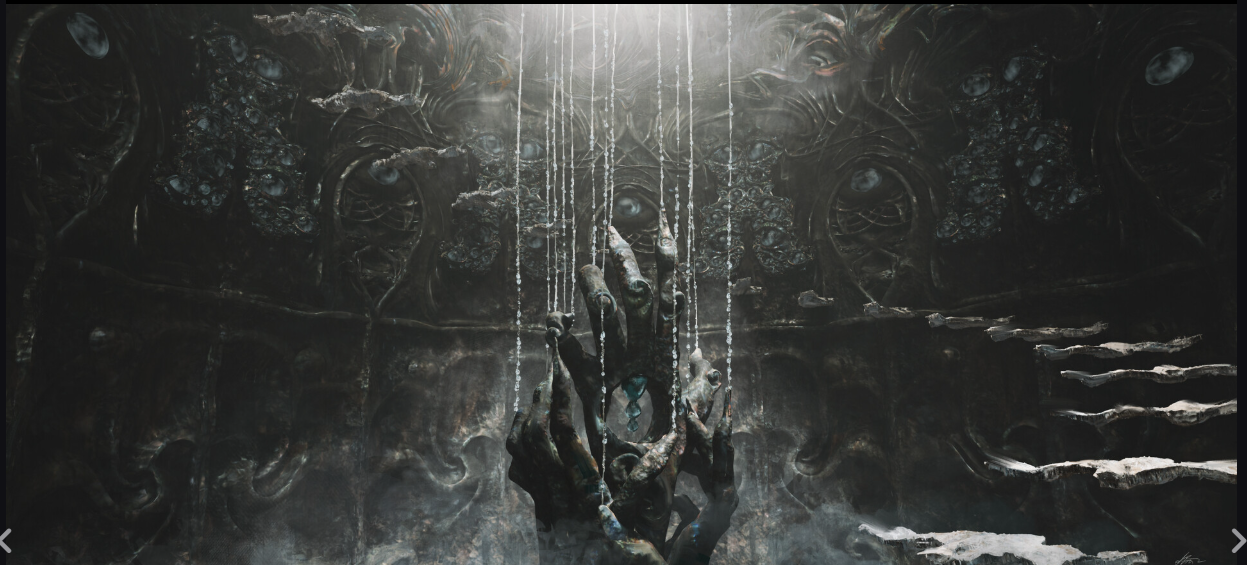 Source: ArtStation - 49WWb2
Source: ArtStation - 49WWb2
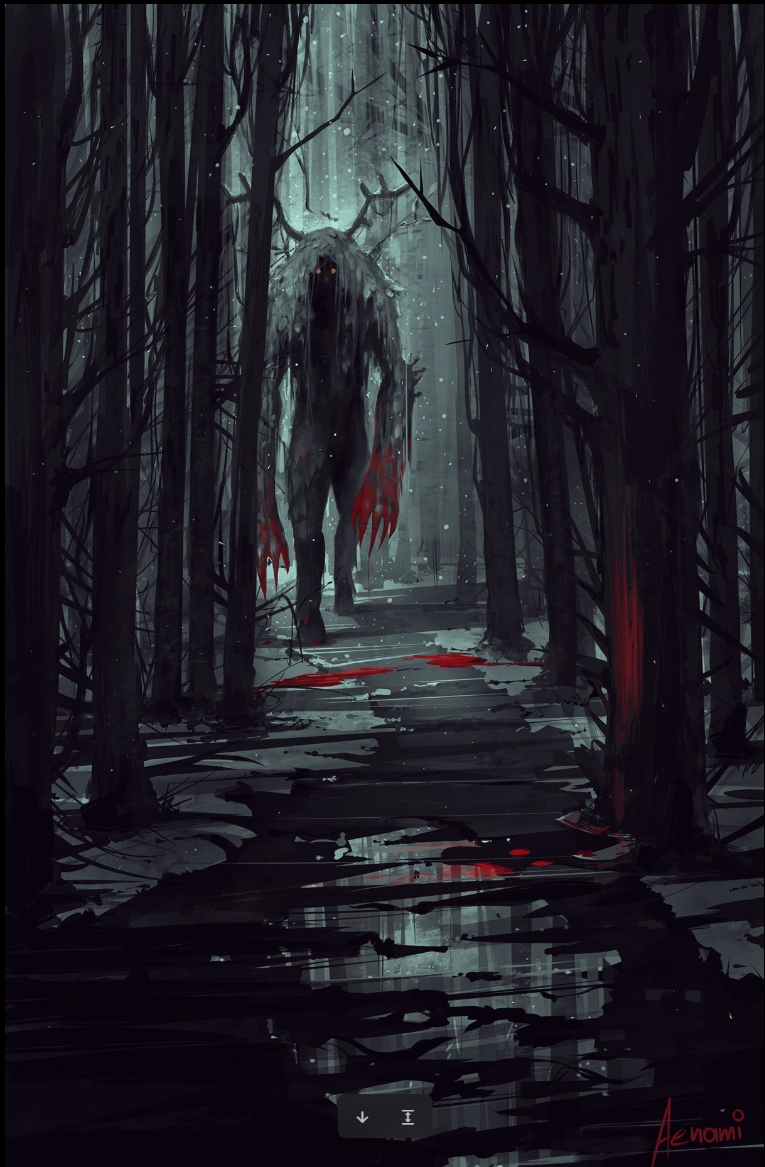 Source: ArtStation - 3w5Ko
Source: ArtStation - 3w5Ko
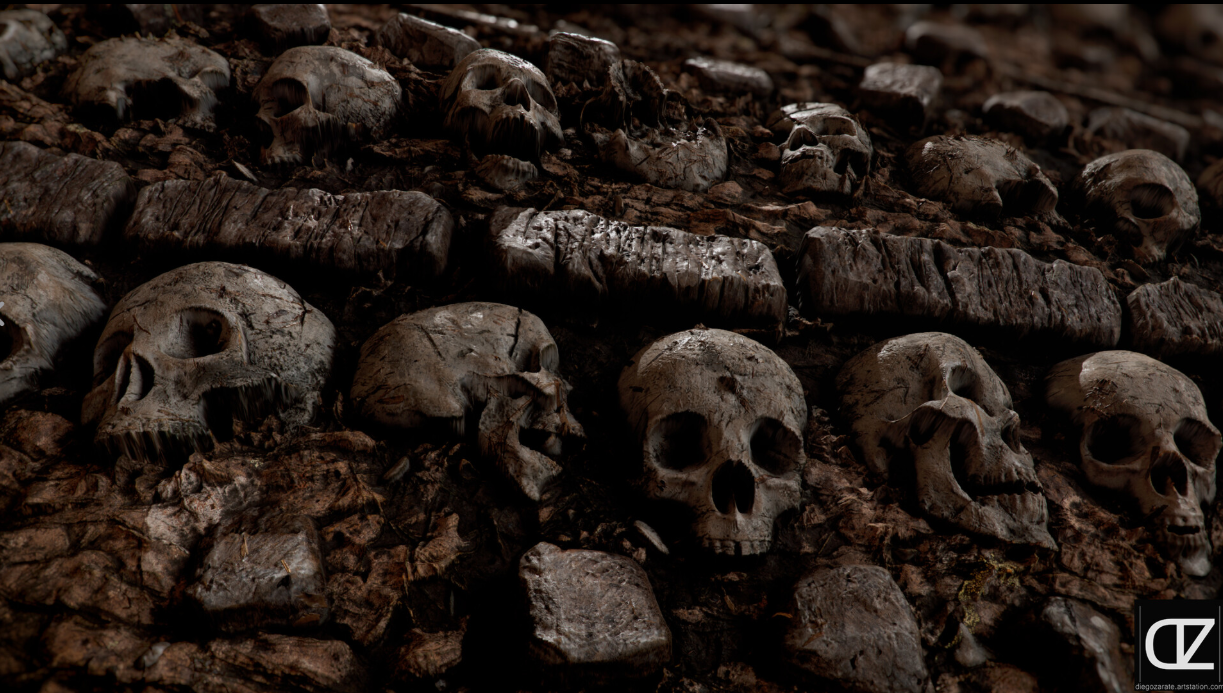 Source: ArtStation - nE6zOe
Source: ArtStation - nE6zOe
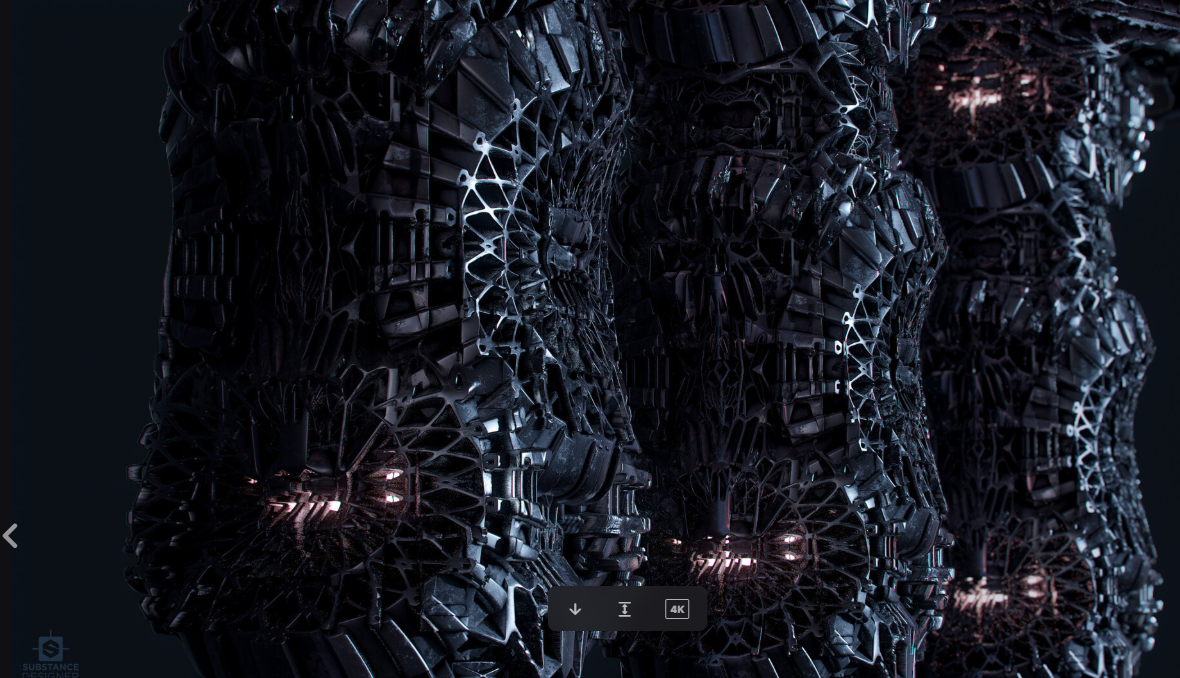 Source: ArtStation - QzN1QL
Source: ArtStation - QzN1QL
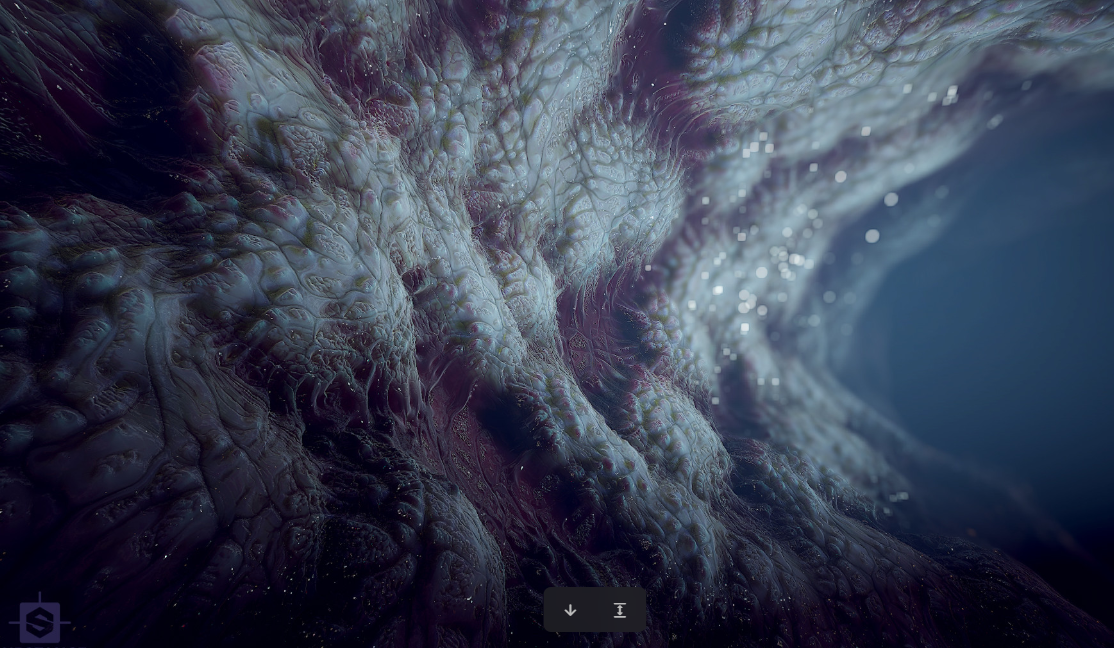 Source: ArtStation - dd9A3
Source: ArtStation - dd9A3
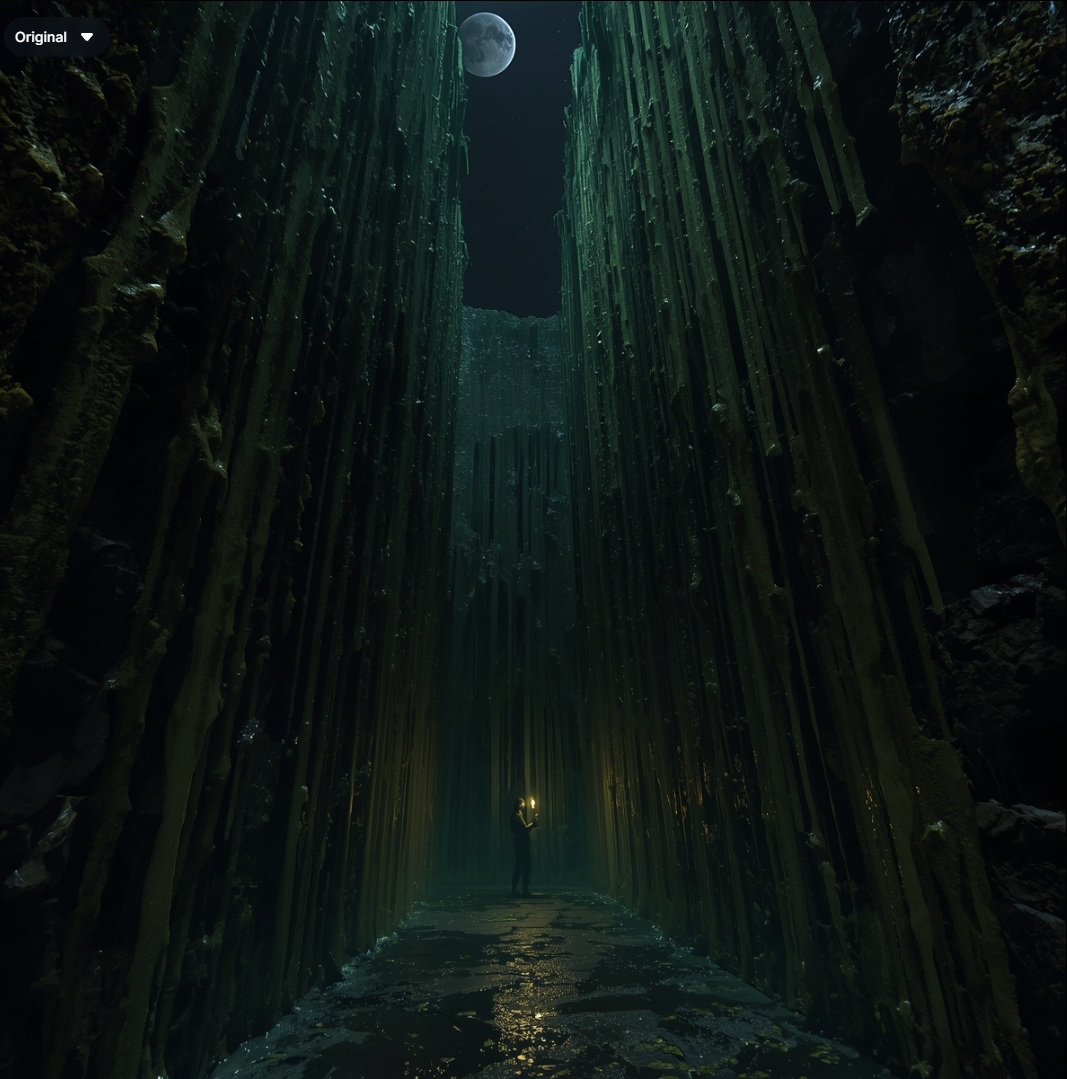 Source: Leonardo.ai
Source: Leonardo.ai
👥 Character References
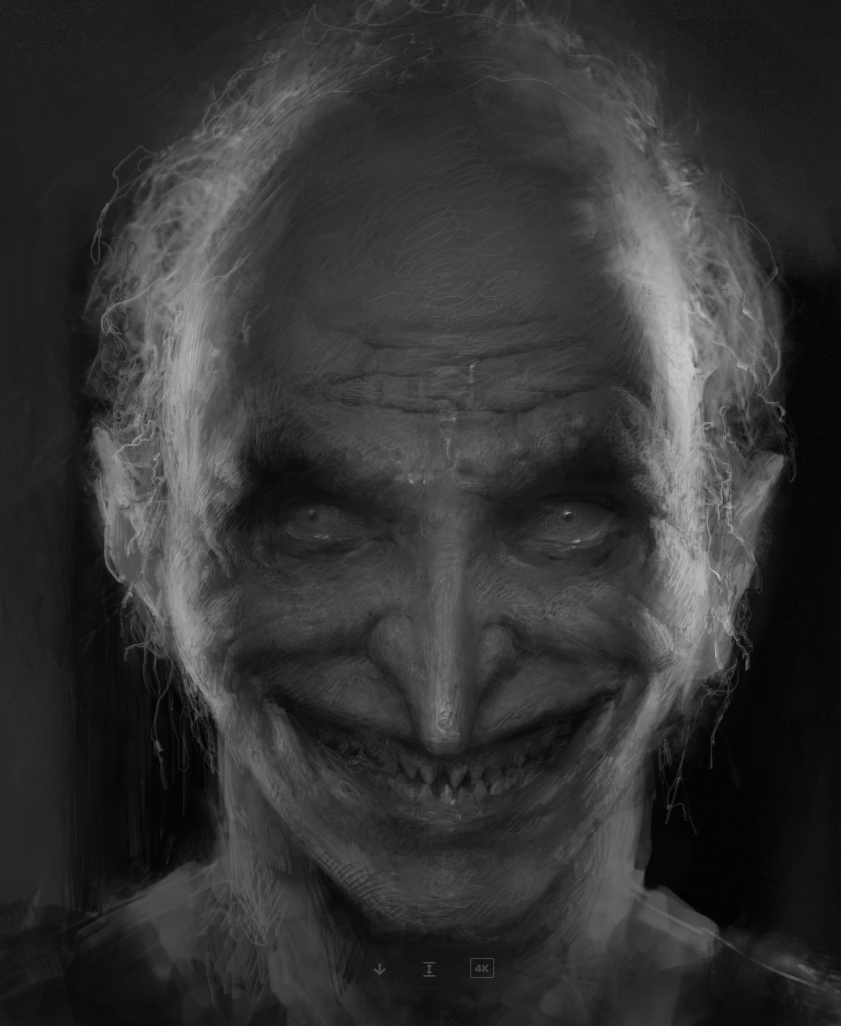 Source: ArtStation - nQQRKK
Source: ArtStation - nQQRKK
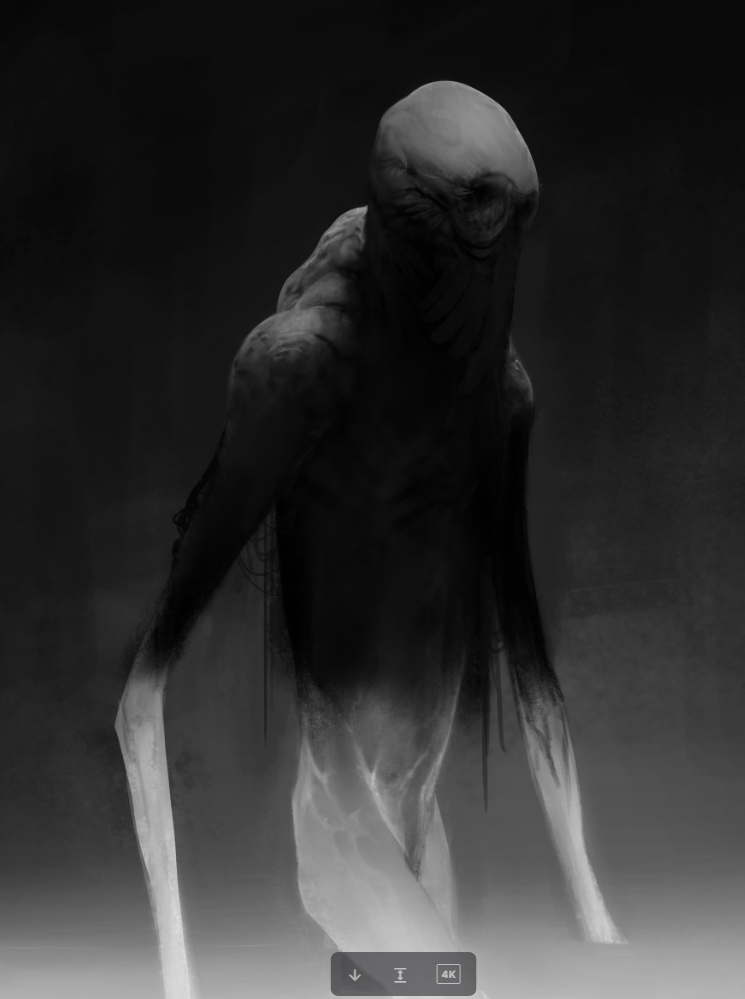 Source: ArtStation - X2E3w
Source: ArtStation - X2E3w
🎯 Art Style Pillars
Our visual direction is built on three core pillars:
- 🌙 Atmospheric Horror: Dark, moody environments with dramatic lighting that creates tension and unease
- 🎭 Stylized Realism: Detailed textures and models that feel grounded but with artistic interpretation
- ⚡ Performance Optimized: Beautiful visuals that run smoothly across target platforms
🌈 Color Palette
🎨 Primary Colors
| Color | Hex | Usage | Description |
|---|---|---|---|
| Midnight Blue | #1a1a2e | Primary UI, key elements | Deep, mysterious base color |
| Blood Red | #e94560 | Accents, highlights, danger | Dramatic accent for important elements |
| Shadow Gray | #2d2d44 | Backgrounds, shadows | Dark, atmospheric background tone |
🌙 Environmental Color Schemes
Night Palette
- Dominant: Deep blues and purples (
#0f0f23,#16213e) - Accent: Warm amber (
#f39c12) for light sources - Atmosphere: Cool grays (
#2c3e50) for depth
Interior Palette
- Warm: Earthy browns (
#8b4513,#a0522d) for wooden elements - Cool: Stone grays (
#708090,#696969) for architectural features - Lighting: Golden candlelight (
#ffd700) and cold moonlight (#87ceeb)
🎭 Character Design
👤 Character Style Philosophy
Our characters embody the stylized realism approach - detailed enough to feel grounded, but with artistic interpretation that enhances the horror atmosphere.
Key Design Principles
- Proportions: Slightly exaggerated for better readability and dramatic impact
- Detail Level: High detail on key features (faces, hands), simplified on secondary elements
- Animation Style: Smooth, weighty movements that feel substantial and intentional
🎯 Main Character Design
Visual Identity
- Design Philosophy: A protagonist who feels vulnerable yet capable, with subtle supernatural elements
- Key Features: Distinctive silhouette with flowing elements (cape, hair, clothing)
- Color Scheme: Muted earth tones with one signature accent color
- Silhouette: Recognizable from any angle, even in low light conditions
👥 Supporting Characters
Design Variety
- Antagonists: Darker color palettes, more angular silhouettes
- NPCs: Warmer tones, softer features to create contrast
- Supernatural Entities: Ethereal, partially transparent elements with glowing accents
🏗️ Environment Design
🏰 Architectural Style
Period & Materials
- Period: Gothic/Victorian with modern decay elements
- Materials: Weathered stone, aged wood, rusted metal, cracked glass
- Construction: Ornate details with structural damage, creating a lived-in, abandoned feel
🌫️ Environmental Themes
Primary Atmosphere
- Abandoned Elegance: Once-beautiful spaces now in decay
- Supernatural Presence: Subtle signs of otherworldly activity
- Temporal Layers: Evidence of different time periods overlapping
Atmospheric Elements
- Fog & Mist: Dynamic fog systems that reveal and conceal
- Dust Particles: Floating motes in light beams
- Dynamic Lighting: Flickering candles, shifting shadows
- Weather Effects: Rain, wind, and storm elements
🎮 Level Design Principles
Visual Hierarchy
- Readability: Clear contrast between interactive and decorative elements
- Navigation: Subtle lighting and architectural cues guide player movement
- Mood: Environmental storytelling through visual details and atmosphere
- Performance: Optimized LOD systems for smooth gameplay
🎨 Lighting & Atmosphere
💡 Lighting Philosophy
Core Lighting Style
- Type: Dramatic, cinematic lighting that enhances mood
- Mood: Cool, mysterious with warm accent lighting
- Source: Natural moonlight, flickering candles, supernatural glow
🌟 Atmospheric Effects
Particle Systems
- Dust Motes: Floating particles in light beams
- Embers: Glowing particles from fire sources
- Mist: Dynamic fog that responds to player movement
- Supernatural: Ethereal particles around supernatural elements
Post-Processing Pipeline
- Bloom: Subtle glow on light sources
- SSAO: Enhanced depth and shadow detail
- Color Grading: Cool tones with warm highlights
- Vignette: Subtle darkening at screen edges
🌙 Lighting Scenarios
Night Scenes
- Primary: Cool moonlight (
#87ceeb) with blue undertones - Secondary: Warm candlelight (
#ffd700) for intimate spaces - Accent: Supernatural glow (
#e94560) for dramatic moments
Interior Lighting
- Ambient: Soft, diffused lighting from windows
- Practical: Flickering candles and oil lamps
- Dramatic: Sharp shadows and high contrast areas
🎮 UI/UX Design
🎨 Interface Style
Visual Theme
- Theme: Gothic minimalism with ornate details
- Layout: Clean, uncluttered with dramatic spacing
- Typography: Elegant serif fonts for headers, clean sans-serif for body text
HUD Elements
- Health Bar: Subtle, integrated into the environment
- Minimap: Stylized, parchment-like appearance
- Inventory: Grid-based with item previews
- Menus: Dark backgrounds with golden accents
🎯 Interactive Design
Button States
- Default: Subtle glow with elegant borders
- Hover: Enhanced glow and slight scale increase
- Active: Pressed state with shadow effects
- Disabled: Muted colors with reduced opacity
🛠️ Technical Specifications
📐 Asset Guidelines
Texture Standards
- Resolution: 1024x1024 for props, 2048x2048 for characters
- Format: PNG for UI, TGA for game textures
- Compression: DXT5 for textures with alpha, DXT1 for opaque
- Normal Maps: Medium intensity for subtle surface detail
Model Requirements
- Characters: 8k-12k polygons for main characters
- Props: 500-2k polygons depending on importance
- LOD Levels: 3 levels of detail for performance
- UV Mapping: Efficient layout with minimal stretching
🎬 Animation Standards
Character Animation
- Frame Rate: 30fps for gameplay, 60fps for cinematics
- Style: Weighted, realistic movement with slight exaggeration
- Blend Trees: Smooth transitions between animation states
- Facial: Subtle expressions that enhance character personality
🎨 Development Pipeline
🖼️ Art Creation Workflow
Concept Phase
- Mood Boards: Gather reference images and inspiration
- Quick Sketches: Rapid iteration on key concepts
- Color Studies: Explore different color palettes
- Final Concepts: Detailed artwork for production reference
Production Phase
- 3D Modeling: Create base meshes from concept art
- Texturing: Apply materials and surface details
- Rigging: Set up character skeletons and controls
- Animation: Create movement and expression cycles
🔧 Tools & Software
Primary Tools
- Concept Art: Photoshop, Procreate
- 3D Modeling: Blender, Maya
- Texturing: Substance Painter, Photoshop
- Animation: Blender, Maya
- Engine: Unreal Engine 5
Note: This art style guide serves as our visual foundation and should be referenced throughout development. As the project evolves, we'll update these guidelines to reflect our refined artistic vision.
Last updated: September 2025
